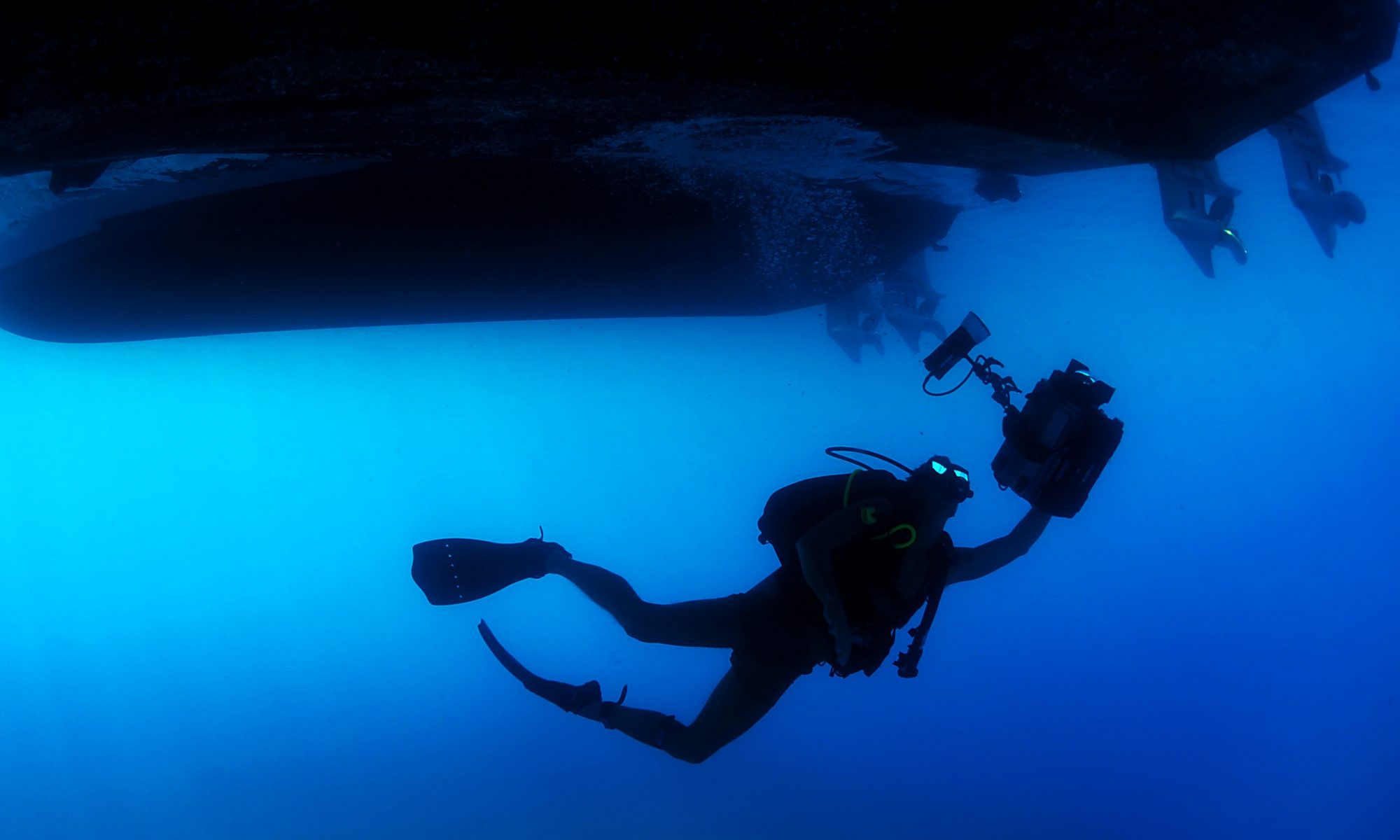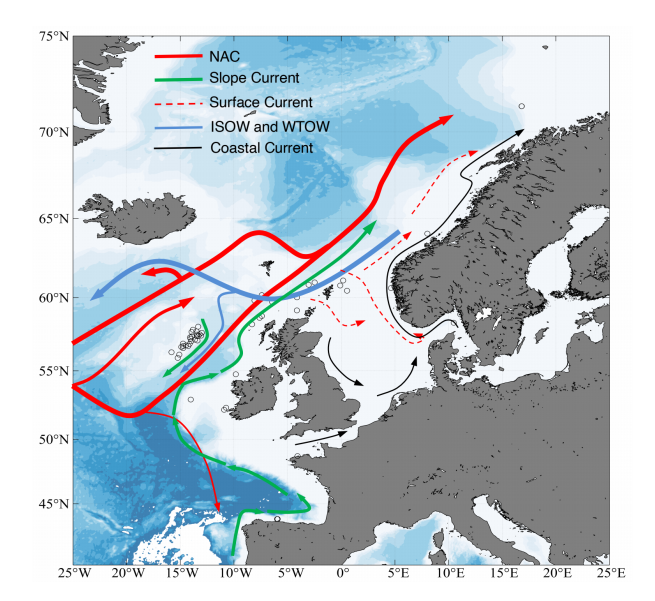Connectivity of sponge grounds in the deep sea: genetic diversity, gene flow and oceanographic pathways in the fan-shaped sponge Phakellia ventilabrum in the northeast Atlantic
Sergi Taboada, Connie Whiting, Shuangqiang Wang, Pilar Ríos, Andrew Davies, Furu Mienis, Ellen Kenchington, Paco Cárdenas, Alex Cranston, Vasiliki Koutsouveli, Javier Cristobo, Hans-Tore Rapp, Jim Drewery, Francisco Baldó, Christine Morrow, Bernard Picton, Joana Xavier, María Belén Arias, Ana Riesgo
Abstract
A complex interplay of biotic and abiotic factors underpins the distribution of species and operates across different levels of biological organization and life history stages. Understanding ecosystem engineer reproductive traits is critical for comprehending and managing the biodiversity-rich habitats they create. Little is known about how the reproduction of the reef-forming worm, Sabellaria alveolata, varies across environmental gradients. By integrating broad-scale environmental data with in-situ physiological data in the form of biochemical traits, we identified and ranked the drivers of intraspecific Little is known about dispersal in deep-sea sponges, yet understanding patterns of gene flow and connectivity is essential for their effective management. Given rising pressure from harmful anthropogenic activities, schemes that manage resource extraction whilst conserving species diversity are increasingly necessary. Here, we used ddRADseq derived SNPs to investigate the genetic diversity and connectivity for the deep-sea sponge Phakellia ventilabrum across the northeast Atlantic Ocean (from the Cantabrian Sea to Norway). The analysis of 166 individuals collected from 57 sampling stations were grouped into 17 different areas, including two MPAs, one SAC and other areas with different levels of protection. The 4,017 neutral SNPs we uncovered indicated high connectivity and panmixis amongst the majority of areas, spanning a ca. 2,500-kilometre range and depths of 99–900 m. This was likely due to the presence of strong ocean currents aiding larval transport, as supported by our migration analysis and also by 3D particle tracking modelling using information on the reproductive cycle of P. ventilabrum. We also observed significant genetic similarity between samples from the Cantabrian Sea and Roscoff (France) as compared to the remainder of the collection areas, likely arising from physical drivers such as prevailing current circulation patterns and topographic features, acting as barriers for gene flow. Despite this, our results suggest that all protected areas studied are well connected with each other. The relatively low genetic diversity observed in all areas, though, highlights the potential fragility of this species to changing climates, which might compromise resilience to future threats.


